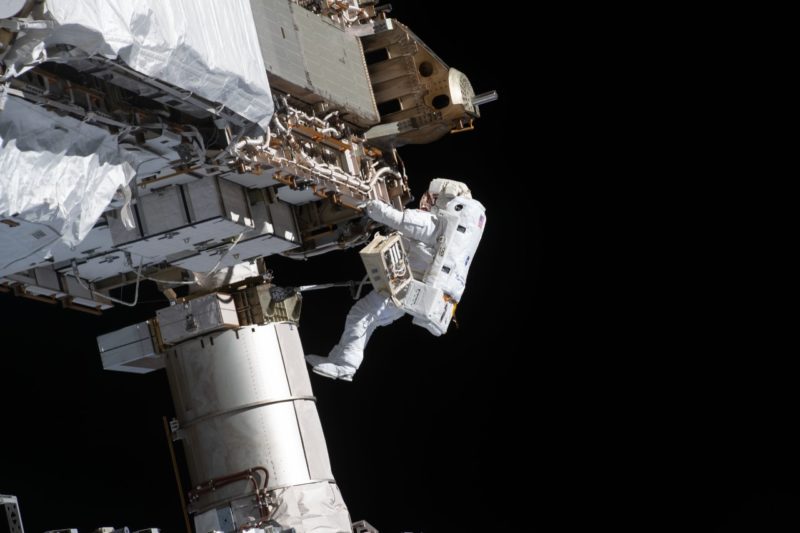
Expedition 64 spacewalkers Mike Hopkins and Victor Glover wrapped up a five-hour and 20-minute session of Extravehicular Activity (EVA) earlier today (Monday), during which they completed a four-year-plus campaign to replace 48 aging nickel-hydrogen batteries on the Integrated Truss Structure (ITS) of the International Space Station (ISS) with 24 smaller, lighter and more capable lithium-ion units.
The duo—with Hopkins on the fourth spacewalk of his career and Glover on his second—also worked to upgrade external cameras on the U.S. Destiny lab, the lower outboard location of the station’s S-1 truss segment and the Japanese Experiment Module Remote Manipulator System (JEM-RMS) on the Exposed Facility (EF) of Japan’s Kibo lab.
As outlined last week by AmericaSpace, today’s EVA was spearheaded by the need to complete the battery replacement tasks. Back in January 2017, Expedition 50 astronauts Shane Kimbrough, Thomas Pesquet and Peggy Whitson completed two spacewalks to remove 12 nickel-hydrogen batteries from the starboard-side S-4 truss and replace them with six new lithium-ion units.
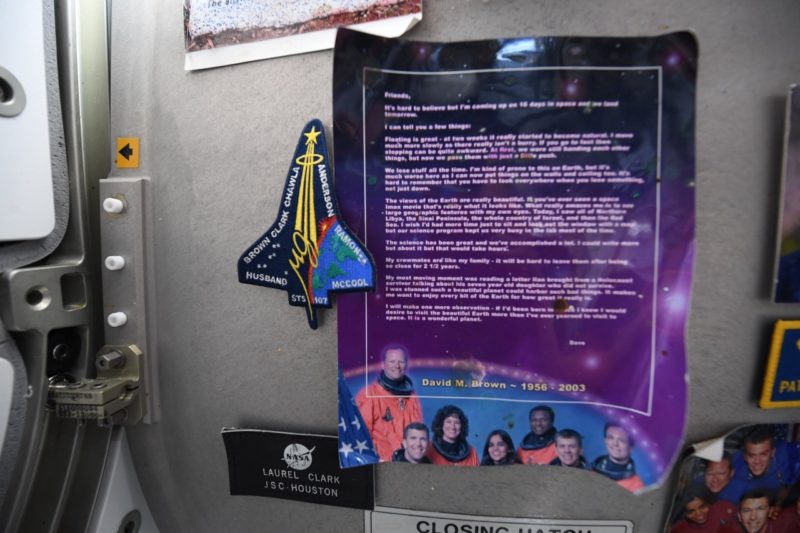
Two years later, in March 2019, Expedition 59’s Anne McClain, Nick Hague and Christina Koch supported another two EVAs to do likewise on the port-side P-4 truss. However, a few weeks thereafter, one of the new P-4 lithium-ion batteries blew a fuse and—via remote commanding from Mission Control—was robotically removed by the 57.7-foot-long (17.6-meter) Canadarm2 and temporarily replaced with two of the original (but still functional) nickel-hydrogen batteries.
It was always intended that, when a replacement lithium-ion battery arrived at the ISS, it would be installed to complete the P-4 task. In the meantime, between October 2019 and January of last year, no fewer than four EVAs were performed—including the first in history to include an all-female spacewalking team—to tend to the far-outboard P-6 truss. And more recently, just last summer, Expedition 63’s Chris Cassidy and Bob Behnken completed the battery work on the far-outboard S-6 truss via three more EVAs.
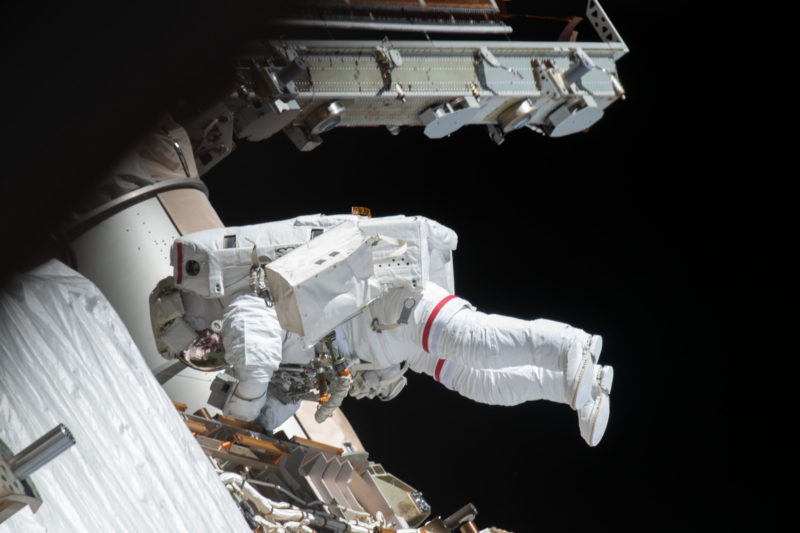
In the meantime, a replacement lithium-ion battery for the P-4 truss arrived aboard SpaceX’s CRS-19 Dragon cargo ship in December 2019, whereupon it was stowed on the exterior of the station to await installation.
Following last week’s spacewalk, Hopkins and Glover spent some off-duty time on Thursday, before heading into the weekend with EVA reviews, checks of their Extravehicular Mobility Units (EMUs) and configuration of tools. They were assisted in this work by Expedition 64 crewmates Kate Rubins and Soichi Noguchi, who aided the duo with their suit-up procedures inside the station’s Quest airlock this morning.
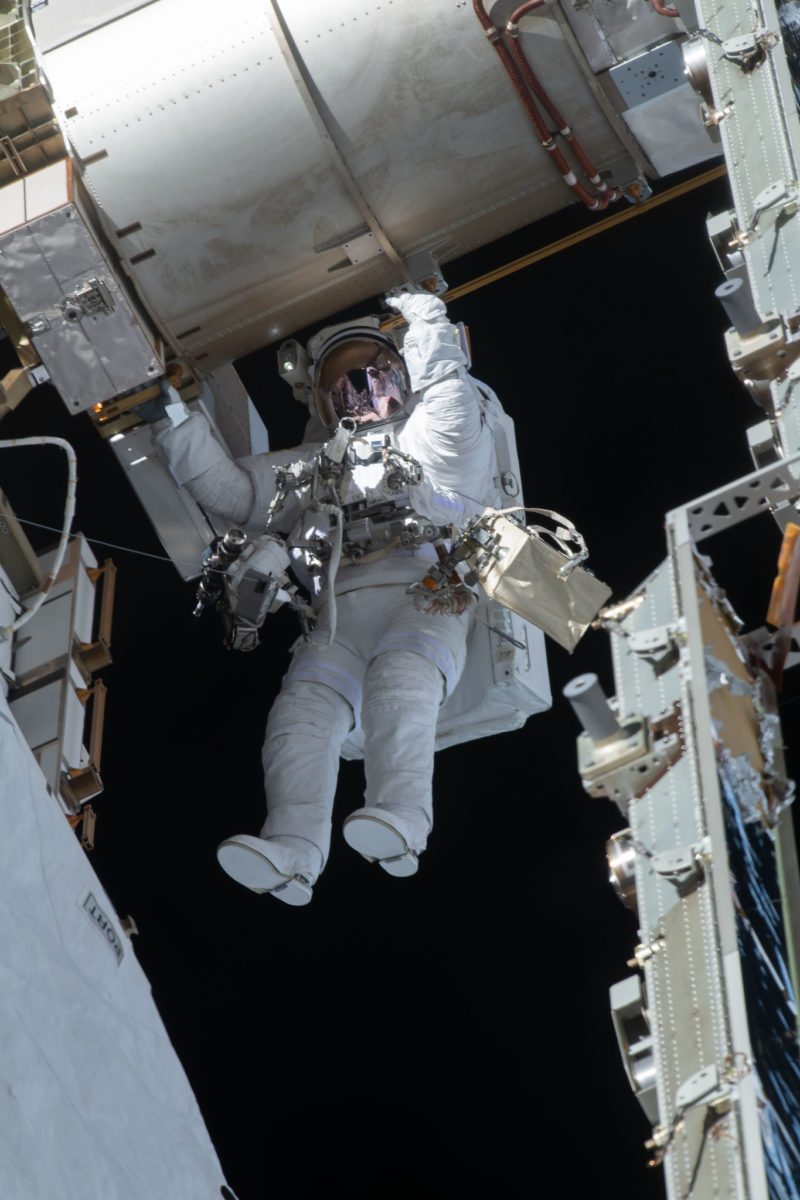
Despite a late start, Hopkins and Glover transferred their EMUs onto internal battery at 7:56 a.m. EST to kick off U.S. EVA-70, the 70th spacewalk performed out of Quest, in U.S.-built suits, and in the absence of the shuttle, since February 2002. Last week, the two nickel-hydrogen batteries on the P-4 truss were discharged, after which they were removed and the new lithium-ion unit installed via ground-commanded robotics. Working swiftly, by 8:30 a.m. EST Hopkins and Glover finished the battery task by installing an adapter plate to complete the requisite circuit.
Their next task was the removal of a now-unneeded “H-Fixture” handling aid from P-4 to make way for the planned arrival of upgraded ISS Roll-Out Solar Arrays (iROSAs) later this year and into next year. A total of six new iROSA units—provided by ISS prime contractor Boeing, its subsidiary, Sylmar, Calif.-headquartered Spectrolab, and major supplier Deployable Space Systems (DSS) of Goleta, Calif.—will partially “shadow” and augment the electrical power yield of six of the space station’s eight legacy Solar Array Wings (SAWs).
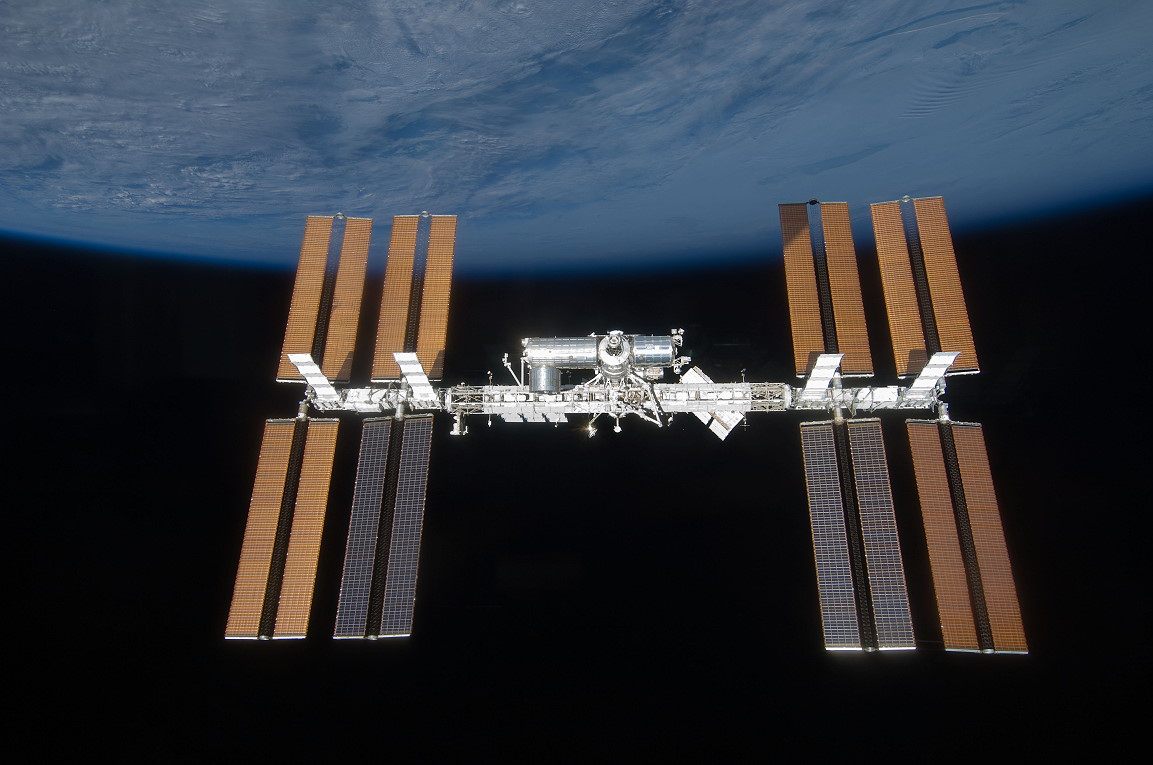
One of the two power channels on the P-4 truss will be thus modified, with an expectation that its iROSA hardware will be delivered on a SpaceX Dragon cargo ship next year.
By 9 a.m. EST, Capcom Bob Hines in Mission Control radioed Hopkins and Glover to advise them that their rapid progress had put them firmly back on the timeline, after the later-than-anticipated start of EVA-70. The two men set to work replacing a failed external camera group on the lower outboard location of the S-1 truss and installing a new high-definition camera onto an existing camera group on the U.S. Destiny lab.
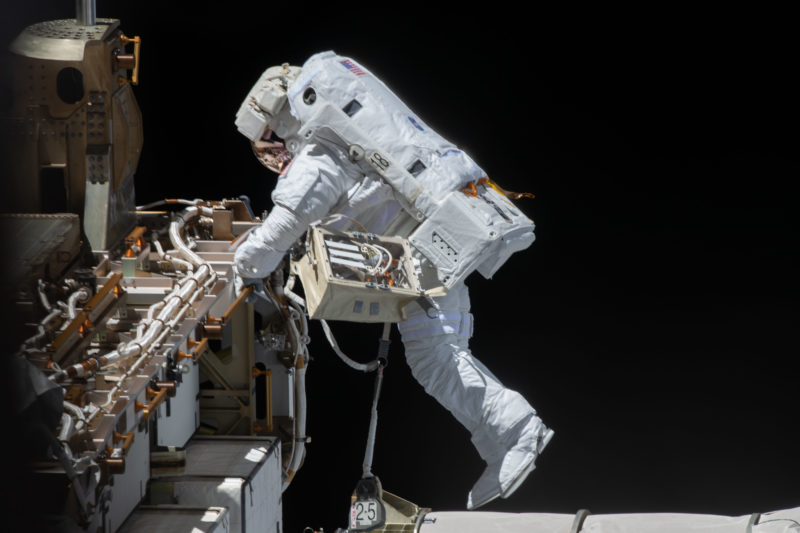
Next, Hopkins transitioned out to the far-port side of the station to the Exposed Facility (EF) of the Kibo lab to remove and replace a failed Wrist Vision Equipment Box on the Japanese Experiment Module-Remote Manipulator System (JEM-RMS). “Three-for-three on the cameras today, so good work,” radioed Hines.
Their major objectives for U.S. EVA-70 thus completed, Hopkins and Glover pressed on with several “get-ahead” tasks, including work with the Articulating Portable Foot Restraint (APFR) and the replacement of a magnetic plate on the Quest airlock’s thermal cover. The two men finally returned inside Quest and their second spacewalk in less than a week ended after five hours and 20 minutes. This gives Glover a cumulative total of 12 hours and 16 minutes in his first two career EVAs and Hopkins some 25 hours and 14 minutes in four spacewalks.




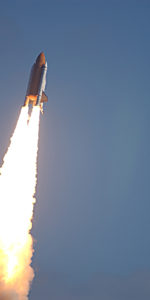
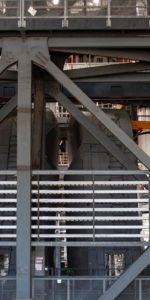
2 Comments
2 Pings & Trackbacks
Pingback:Artemis Team Duo Prepare for Sunday Morning Spacewalk « AmericaSpace
Pingback:Crew-1 Completes Night Splashdown, Wraps Up 167-Day Mission « AmericaSpace